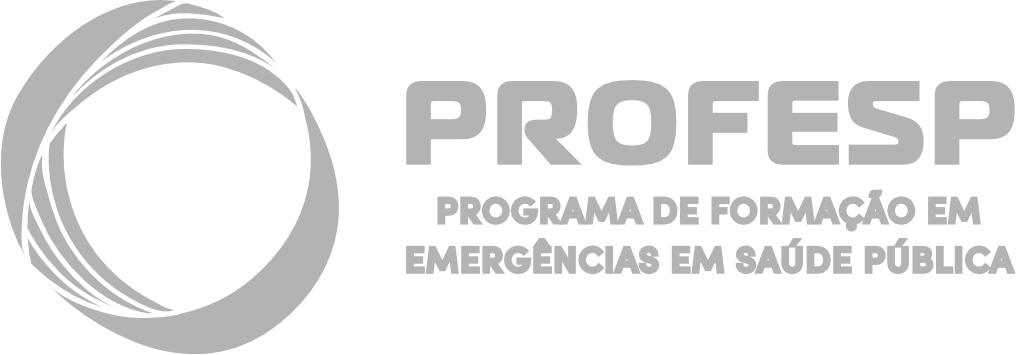Our courses
CBCIEVS CBVEH CBVD CBPR CBDIV R backwards and forwards EMBIO Risk communication Complex emergencies ESPViz
CBCIEVS Objective
Improve the competences and attributions that involve acting in the detection, monitoring and timely intervention in events or situations that have the potential to culminate in public health emergencies.
Target audience
Higher or mid-level professionals from public health agencies working in the CIEVS Network in the academic, administrative or technical spheres.
Workload: 40 hours
CBVEH Objective
The objective of the course is to improve intra- and intersectoral action in the preparation and response of the health sector to emergencies, whether epidemiological, involving disasters and/or lack of assistance.
Target audience
Professionals of higher or medium level of public health agencies working in hospitals linked to Renaveh in the academic, administrative or technical spheres.
Workload: 20 hours
CBVD Objective
Improve the capacity of public health emergency professionals in risk perception, threat analysis, identification of territorial vulnerabilities and operationalization of the response to health-related disasters.
Target audience
Higher or mid-level professionals from public health agencies and others working in disasters or related areas in the academic, administrative or technical spheres.
Workload: 20 hours
CBPR Objective
Enhance the capacity of public health emergency professionals to act intra- and intersectorally in risk management and health sector preparedness to face disasters.
Target audience
The objective of the course is to improve intra- and intersectoral action in the preparation and response of the health sector to emergencies, whether epidemiological, involving disasters and/or lack of assistance.
Workload: 40 hours
CBDIV Objective
To train professionals from the Unified Health System of Brazil to build a reflective approach on diversity, equity and inclusion in decision-making in the face of public health emergencies.
Target audience
Professionals of higher or medium level of public health agencies and others, with direct or indirect action in the face of public health emergencies, in the academic, administrative or technical spheres.
Workload: 40 hours
R backwards and forwards Objective
Develop programming skills in R language for epidemiological data analysis in the context of the Unified Health System of Brazil, using databases of interest to the service, enabling autonomy in problem-solving for the construction of reports and automated analyses.
Target audience
Higher-level professionals from public health agencies and others who work in the area of data analysis in epidemiology, with a focus on automating processes.
Workload: 72 hours
EMBIO Objective
Train health professionals to mitigate the impacts caused by biological emergencies.
Target audience
Higher-level professionals from public health agencies and others, with direct or indirect action in the face of public health emergencies, in the academic, administrative or technical spheres.
Workload: 40 hours
Risk communication Objective
To empower professionals to communicate risks in a planned manner that is both sensitive to community needs and coupled with timely and planned communication by health managers.
Target audience
Higher education professionals from public health agencies and others, with direct or indirect action in the face of public health emergencies, in the academic, administrative or technical spheres.
Workload: 20 hours
Complex emergencies Objective
To promote the training of professionals in theoretical knowledge and practical skills about definitions and procedures, civil protection emergency plans and political responsibilities in cases of complex emergencies.
Target audience
Higher education professionals from public health agencies and others, who work directly or indirectly in public health emergencies, in the academic, administrative or technical spheres, and who have Profesp certification in biological emergencies and health surveillance of risks associated with disasters.
Workload: 80 hours
ESPViz Objective
To present principles and notions for efficient data visualization in the context of epidemiology analysis using the R language and Microsoft Power BI software as working tools.
Target audience
Senior professionals from public health agencies and others, with direct or indirect action in the face of public health emergencies, in the academic, administrative or technical spheres, and who already have basic notions of data analysis, epidemiology and R programming, who have Profesp certification in the R backwards and forwards course.
Workload: 180 hours


